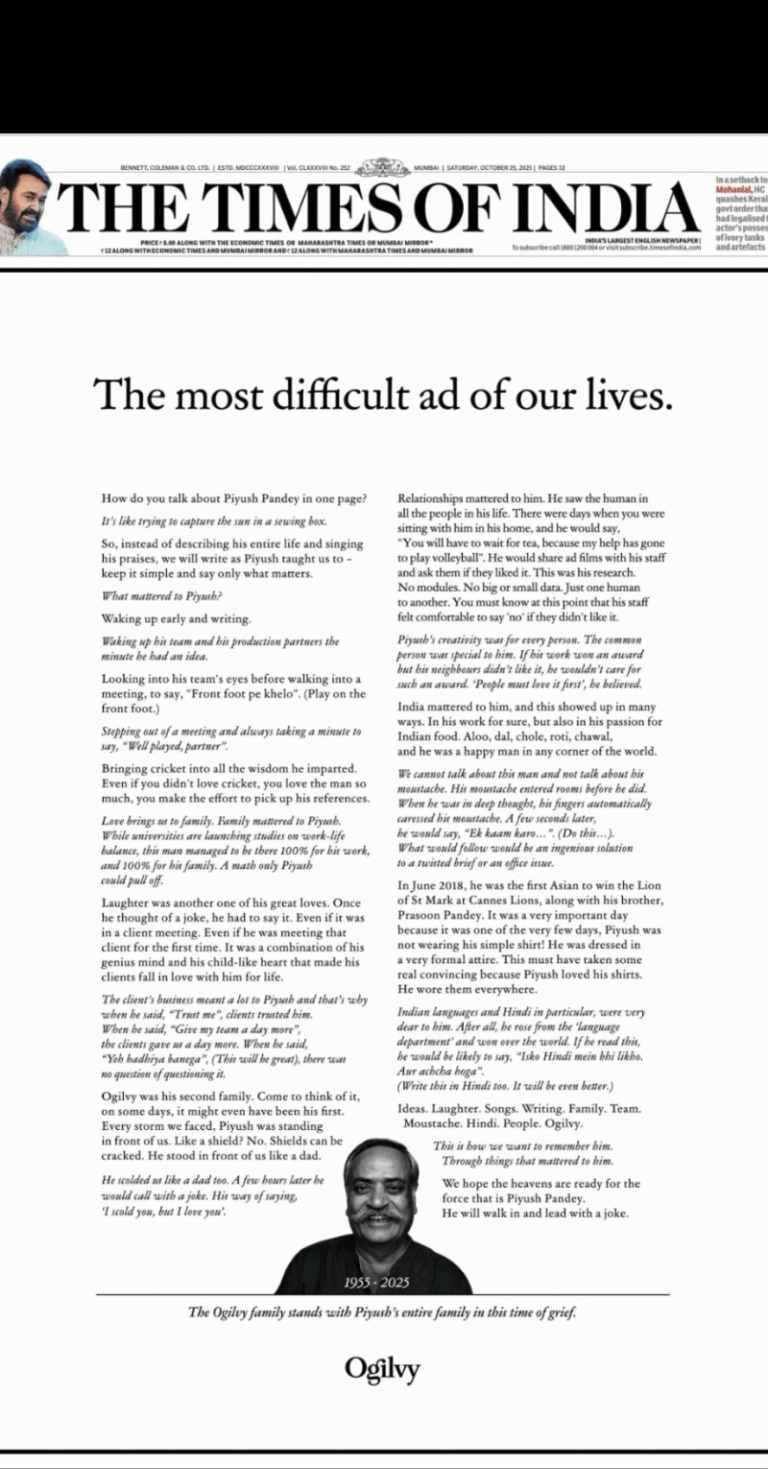Gen Z’s love for comfort, irony, and personalisation fuels Crocs’ stunning resurgence.
Once labelled as “seriously ugly” and ridiculed across fashion circles, Crocs has emerged as one of the most unexpected success stories in global retail. Launched in 2002, the American footwear brand teetered on the edge of bankruptcy by 2009. Fast forward to 2024, Crocs posted record-breaking revenues of over $4 billion, with continued momentum into 2025.
The China Growth Engine
A major driver of this resurgence has been China, now Crocs’ second-largest market after the United States. At a time when Chinese consumers are distancing themselves from many American brands, Crocs has remained an exception.
According to The Wall Street Journal, the brand’s success in China hinges on hyper-localised marketing, targeting the country’s massive Gen Z population (260 million strong).
Crocs’ global brand line “Come As You Are” was cleverly localised to “Born to Be Free” in China-a slogan that speaks to individuality and self-expression in a culturally relevant way. Collaborations with local celebrities and a deliberate move away from overt American branding have made the brand culturally attuned and widely embraced.
From Clunky to Coveted
What was once mocked as clunky has now become chic. Crocs’ platform clog-a comfortable, elevated version of its classic silhouette-has become a best-seller, even among the fashion-conscious. Collaborations with top designers and streetwear labels have helped reposition Crocs from utility slip-ons to bold fashion statements.
Jibbitz: The $10 Million Idea That Keeps on Giving
An essential part of Crocs’ personalisation playbook is Jibbitz-the colourful charms that plug into the brand’s iconic perforated design. Originally a homegrown business launched in 2005 by Sheri Schmelzer and her husband, Jibbitz was acquired by Crocs just a year later for $10 million.
Today, Jibbitz represents more than just a small slice of revenue (around 5%); it’s a cultural phenomenon. From emojis and rhinestones to anime characters and food replicas, the charms let consumers turn Crocs into an expression of identity. In China in particular, Jibbitz have become a trend-driving accessory, encouraging repeat purchases and engagement.
Powered by Gen Z
At the heart of Crocs’ revival is Gen Z’s ethos-comfort-first, irony-friendly, and unapologetically quirky. In a generation that prioritises customisation over convention and embraces “ugly-cool” aesthetics, Crocs fits right in.
What was once a subject of ridicule is now part of a cultural conversation, with memes, influencers, and fashion editors leaning into the brand’s ironic charm. Crocs hasn’t just accepted the mockery-it’s leveraged it.
A Comeback for the Ages
After struggling through much of the 2010s with flatlining sales and brand fatigue, Crocs’ post-pandemic pivot to digital-first marketing, collaborations, and comfort-centric design paid off handsomely. In just a few short years, it transformed from a brand mocked for its oddness into a billion-dollar juggernaut.
The takeaway? In fashion, the line between kitsch and cool is thinner than ever. Crocs embraced its identity, doubled down on its quirks, and created a brand narrative that resonated with a new generation-turning ridicule into relevance.













